Tragedy at sea devastated lives left behind
Whilst starting to write this, Storm Alex rages outside making me mindful of the effect of historic storms on our Cornish coastal communities. These days we hear warnings and news about those foolish individuals risking their lives, and those that would have to try to save them, to take a selfie as huge waves crash against the shore or harbour behind them. Looking back at Cornwall’s coastal towns and villages, every year men would be drowned at sea whilst carrying out their occupations either as fishermen or crew on coastal or ocean-going ships leaving widows often with children to bring up without any government support. In 1880 my great grandmother lost her brother Henry at sea leaving his wife a widow with five children the following year she lost her own husband leaving her with three young girls to raise, all she received were the wages her husband was due at the time of his drowning.
Henry was lost off Pentewan on 9th February 1880 carrying a cargo of coal from Cardiff to Charlestown on board a sailing schooner called ‘Sisters’. After putting into Fowey, they set sail again for Charlestown, but as the storm blew up the wind changed and prevented them from returning to Fowey. Only one man survived from the vessel. Also wrecked on the beach at Charlestown during the same storm was the schooner ‘Jane and Ellen’, also carrying coal to Charlestown from Wales. The Captain, his son and other crew were all lost.
What of the storm that raged over Cornwall and England 140 years ago from 7th October 1880? Although much of England had high rainfall resulting in some flooding the worst of the storm was concentrated over the western part of Cornwall. It was reported in Newlyn that this storm was the worst that had been seen there in over 40 years. The storm was so fierce that it washed away the Newlyn Road and caused much damage to people’s property and the sea defences. During the storm towns folk congregated on the cliffs to watch fishing boats of all types being ripped from their moorings and sunk including numerous pilchard boats being flung onto the shore and destroyed. This ruined men’s livelihoods and means to feed their families were lost, no government aid was available in those days. Many larger fishing boats that had been fishing in the North Sea and were returning home tried to run the storm to Penzance for safety in the harbour there.
This was a disaster and the destruction at Penzance and in Mounts Bay was terrible. Many ships and boats in Penzance Harbour parted their moorings and went adrift destroying part of the wharves and harbour along with damage to themselves. The harbour wall was badly damaged, and the sea wall washed down flooding housing and commercial property. A fishing boat was smashed to pieced 100 yards from the lighthouse and men were seen briefly clinging to wreckage, waving and then lost to sight amongst the boiling seas. Both the lifeboat and the Rocket Brigade were called but were too late to be able to affect a rescue. The name plate of that ill-fated vessel was washed up a few days later showing it to be the ‘Jane’ No’ 26. Out in the bay fishing boats anchored received much damage with some 30 destroyed. Newlyn learned something from this sad event and within five years had built a new harbour.
The news from Mousehole was that a large part of the southern pier had fallen in. Eleven principle boats had been destroyed totally beyond repair and over a dozen were badly damaged including the larger schooner Katie. Besides the boats was the loss of nets and fishing equipment affecting virtually every family in Mousehole. Other coastal fishing communities fared better on the North coast of Cornwall with reports of fishing boats sheltering in St Ives, where they all sailed the following day.
The greatest loss of life on one vessel was the fishing vessel Jane out of Mousehole returning from the North Sea with its seven-man crew. Great sympathy was felt for Jane Wallis the young daughter of the Captain who not only lost her father but also her fiancé Frederick Curtis aged 21. Captain John T Wallis left a wife and 4 children another married man John Williams left a wife and 2 children. Five young men including Frederick drowned all aged between 15 and 24 in this tragedy. Over the next few weeks bodies were washed up often only identified by their clothing, those of Captain Wallis and young William Tonkin were never found. One finale to this sad story, young Jane Wallis never again found love and died unmarried aged just 33 in 1895 and is buried in Paul cemetery.
Of course, in those less regulated times there were aside from the danger of storms the issue of ships and cargo. During a period up to the 1880’s especially, there were ships known to mariners as ‘coffin ships’. These were ships that were often old and riddled with rot and wood and ship worm. The poor state of these vessels made them particularly susceptible to loss at sea during storms. Often tarted up to look much newer on the surface once sailors had signed up and gone below, they learned the truth. Once signed up they were contracted and by refusing to go to sea they could end up with several weeks in prison. These ‘coffin ships’ and their cargoes were over insured and therefore worth more to the owners sunk than by delivering the cargo. Storms such as those experienced in 1880 were a gift for unscrupulous ship owners who actively ran coffin ships.
Samuel Plimsoll who campaigned against this practice said in parliament "The Secretary of Lloyd's tells a friend of mine that he does not know a single ship which has been broken up voluntarily by the owners in the course of 30 years on account of its being worn out." The result was the passing of The Merchant Shipping Act of 1876 making load lines compulsory, these now generally known as the Plimsoll Line seen on seagoing merchant vessels to prevent overloading. This was not fully enacted until 1894.
Now I’m not suggesting anything untoward, but when Henry went down on the schooner ‘Sisters’ in February 1880, it was reported to be fully insured and being completed in 1846 was not a particularly new ship at 34 years old.
But this week in history was not all bad news. Despite the storm there were many harvest festivals held throughout Cornwall. One of the most poignant must have been at St Mary’s Church in Truro, the last to be held in the old church before construction on the new cathedral. Although we could do without a repeat of Storm Alex next year, we can hope that we will be able to at least hold our community harvest festivals largely abandoned in 2020.
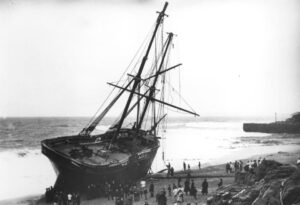
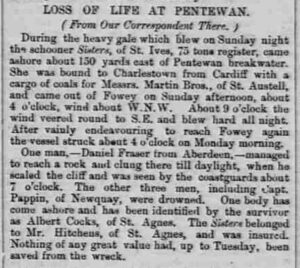
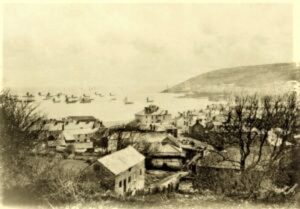
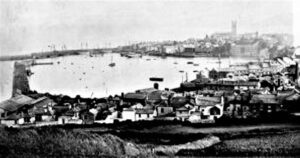
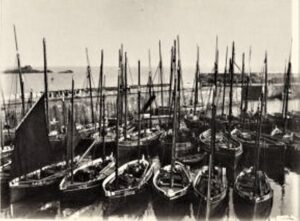
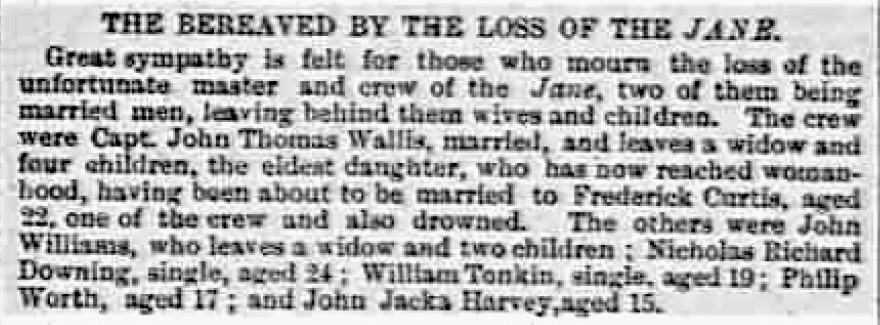
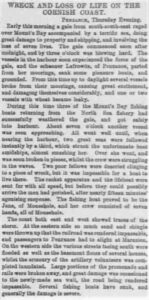
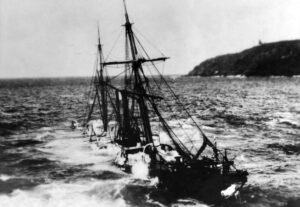
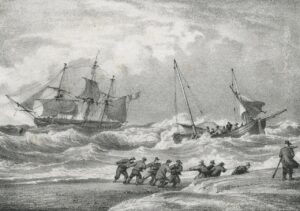
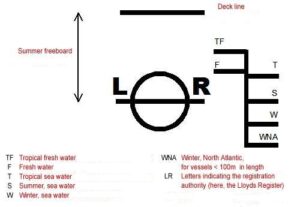
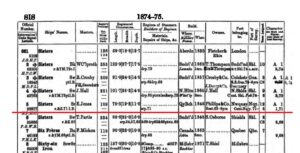
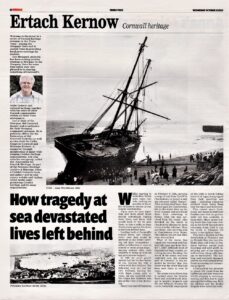
![[16] Truro Voice - Ertach Kernow- 1410220B How Tragedy at sea devastated lives left behind [S] Ertach Kernow- How Tragedy at sea devestated lives left behind](https://www.cornwallheritage.com/wp-content/uploads/2020/10/16-Truro-Voice-Ertach-Kernow-1410220B-How-Tragedy-at-sea-devestated-lives-left-behind-S-231x300.jpg)